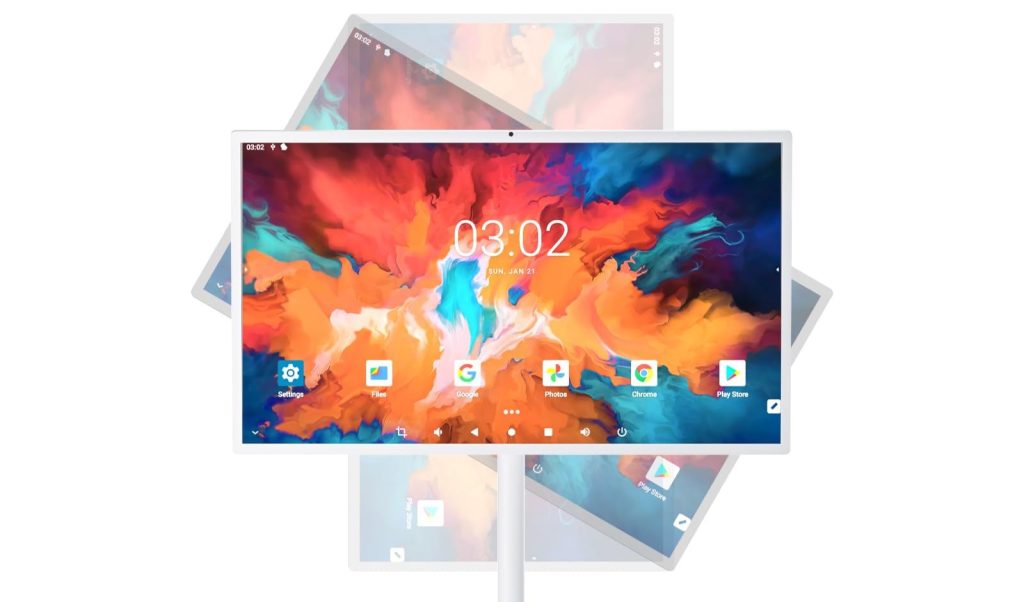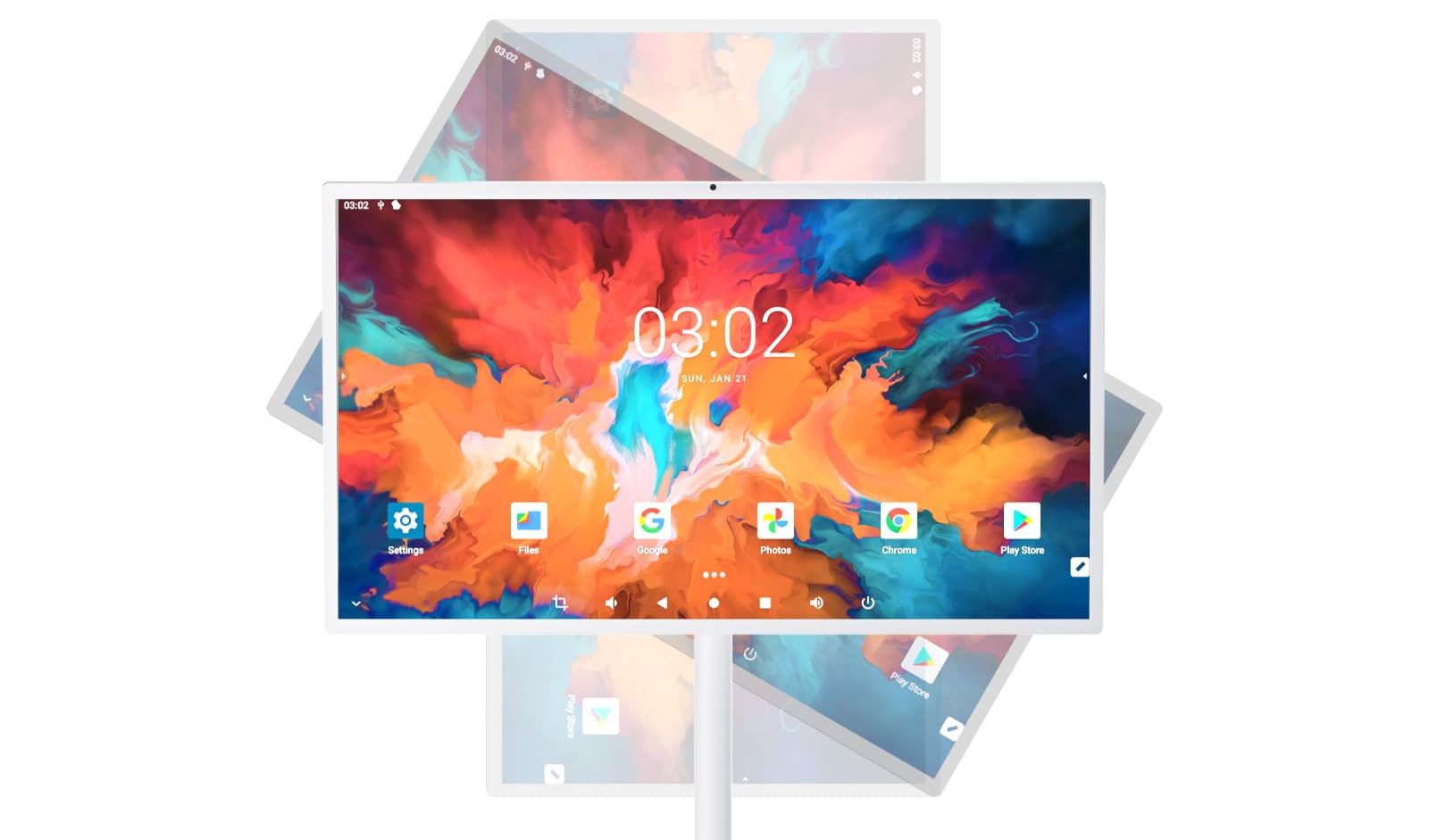
14-Year-Old Trailblazer Creates AI-Enabled Portable Pesticide Detector, Clinches 3M Young Scientist Challenge

### 14-Year-Old Sirish Subash Declared America’s Leading Young Scientist for His AI-Powered Pesticide Detector ‘Pestiscand’
Pesticides are essential in contemporary agriculture, safeguarding crops from pests and diseases, while ensuring a higher yield for consumers. Nonetheless, the widespread application of chemical pesticides brings considerable health hazards, particularly when residues linger on produce. Although many individuals believe that washing fruits and vegetables adequately removes harmful chemicals, 14-year-old Sirish Subash questioned the real effectiveness of rinsing. This curiosity spurred him to invent an innovative device—**Pestiscand**, an AI-enabled handheld apparatus meant to identify pesticide residues on fruits and vegetables.
This invention not only brought Subash accolades but also earned him the distinction of *America’s Top Young Scientist* in 2024. Pestiscand signifies a notable advancement in promoting food safety in typical households.
### The Creation of Pestiscand: Its Functionality
Sirish Subash’s invention emerges at a juncture where worries about pesticide contamination in food have surged. His gadget, Pestiscand, utilizes an advanced methodology known as **spectrophotometry**, which assesses how various wavelengths of light interact with the surface of fresh produce. This interaction enables the device to recognize any chemical residues left by pesticides.
Here’s the operational breakdown of Pestiscand:
1. **Spectrophotometry**: The device evaluates light reflections off the produce to uncover unusual patterns indicative of pesticide residue.
2. **AI-Enhanced Analysis**: Utilizing a machine learning algorithm, Pestiscand interprets the light data to ascertain the presence of harmful substances. This functionality is supported by a sensor array, a processing unit, and a built-in display.
3. **Intuitive Use**: A smartphone application pairs with the device through Bluetooth. To perform a pesticide scan, users only need to aim Pestiscand at the produce, tap a button on the app, and in moments, they get results on whether further rinsing is necessary.
In trials, the device demonstrated an exceptional **85%+ accuracy** in detecting pesticide residues on items such as spinach and tomatoes, highlighting its capacity to transform safety measures in households.
### The Inspiration Behind the Invention
Subash’s motivation came from his own encounters with food safety. “My parents always emphasize washing my produce before eating it. I questioned, how essential is this really, and how effective is washing?” he reflected during an interview with *MPR News*. The realization that consumers might have misplaced trust in the cleanliness of their food spurred Sirish to explore whether a practical tool could scientifically verify pesticide residues.
His solution was Pestiscand, crafted with the aim of enabling households to confirm if their fruits and vegetables are genuinely free from harmful substances, thereby reducing health risks linked to prolonged pesticide exposure. These health risks can include respiratory issues and heightened chances of specific cancer types. While thorough washing is advised, Subash wanted consumers to have a definitive gauge on their food’s safety.
### A Bright Future in Scientific Endeavors
Subash’s path to success has been aided by the guidance of **Aditya Banerji**, a senior research engineer at 3M’s Corporate Research Process Laboratory. Banerji provided support to the budding scientist in navigating the technical hurdles of developing an AI-powered product while ensuring the device’s precision remained intact.
The pinnacle of Subash’s journey was his accolade as the victor of the **3M Young Scientist Challenge** in 2024, a recognition that came with a notable grand prize of **$25,000**. His invention attracted the interest of both researchers and the public alike due to its focus on a ubiquitous concern: ensuring what we consume is genuinely safe.
The announcement was made by **Torie Clarke**, EVP & chief public affairs officer at 3M, who conveyed her admiration for the finalists: “This year’s Young Scientist Challenge finalists have exhibited remarkable capabilities in crafting innovative solutions for some of the world’s most urgent challenges. I am tremendously impressed and inspired by their intelligence and scientific acumen.”
### Envisioning the Future: A Radiant Path in Science
Despite being only 14, Subash has exhibited a strong passion and talent for science, particularly in physics. When asked about his aspirations, Subash expressed: **“In 15 years, I aspire to design and create devices that can contribute to making the world a better place, especially in relation to climate change and environmental challenges.”**
With his inventive drive and determination to address real-world dilemmas, Subash has the potential to make significant contributions to science and technology in the forthcoming years. His current focus on addressing pesticide exposure with Pestiscand highlights his deep-seated desire to produce solutions that will positively influence public health and environmental sustainability.
### The Significance of Youth in Science
Subash’s accomplishment is part of